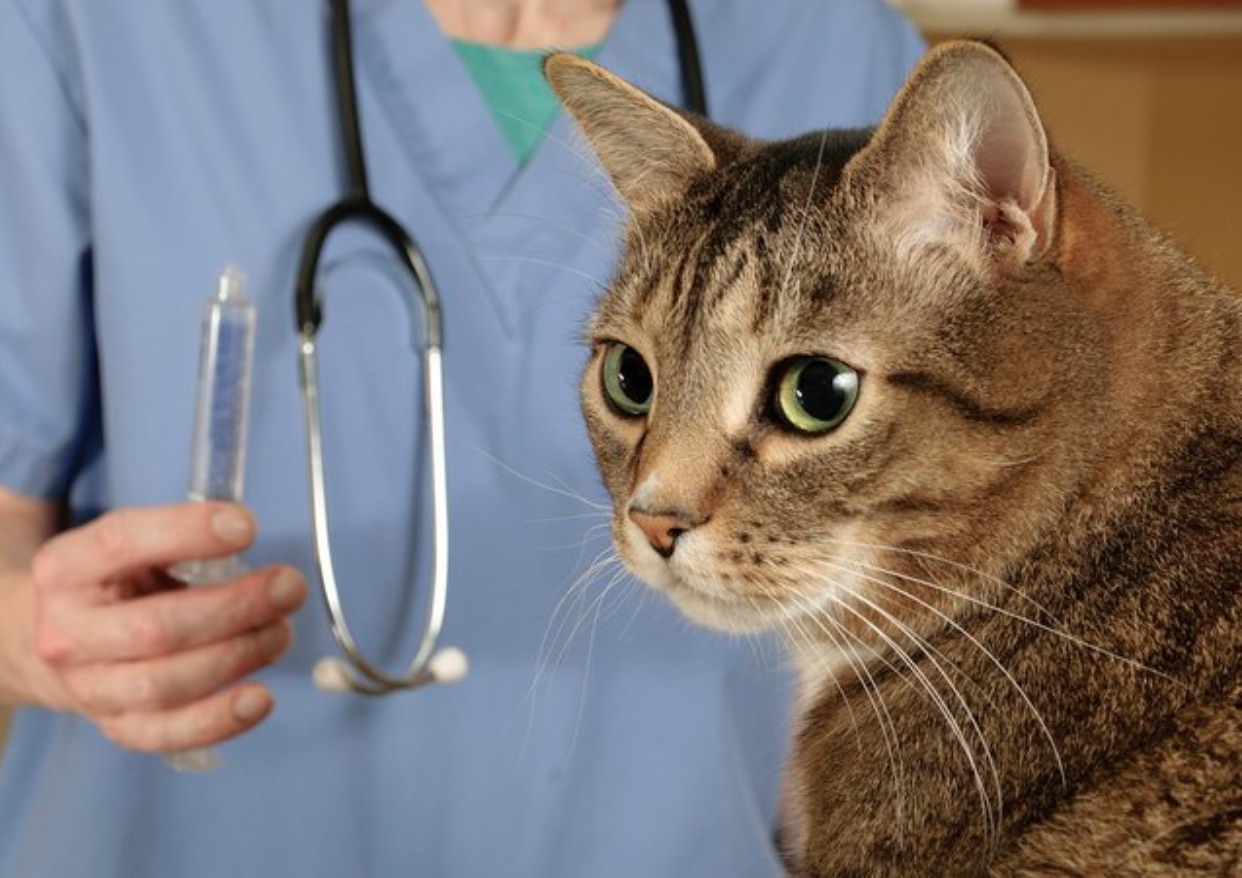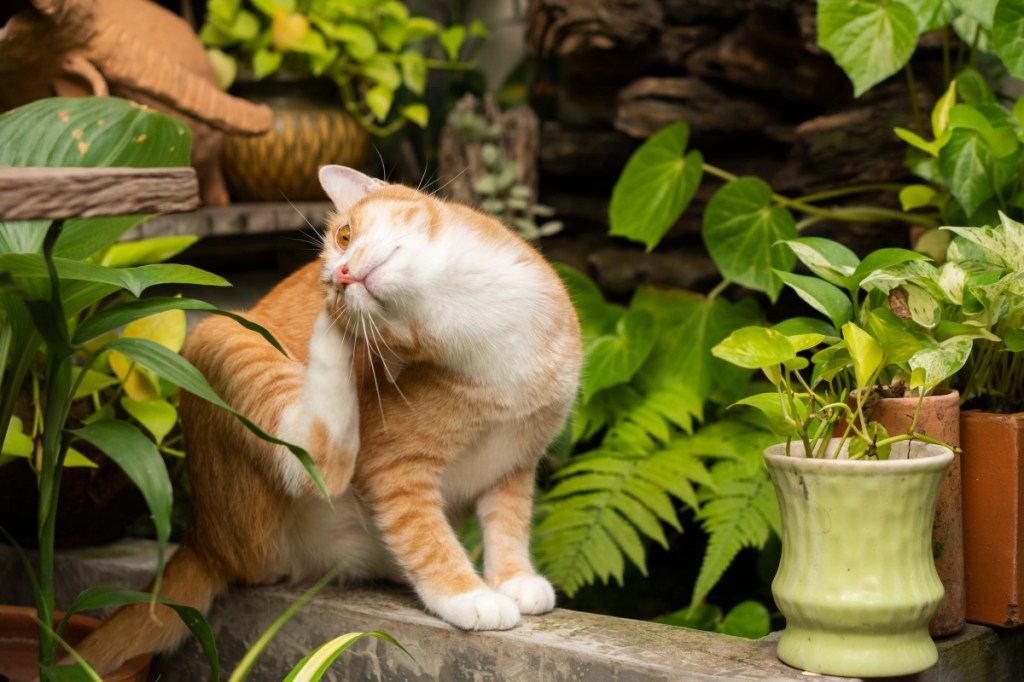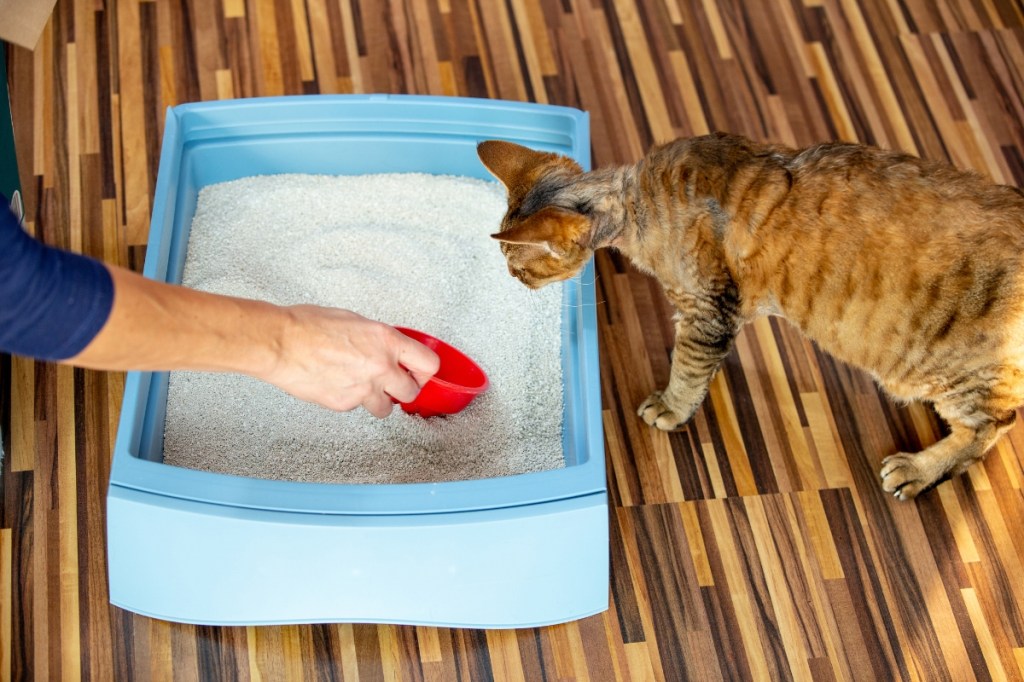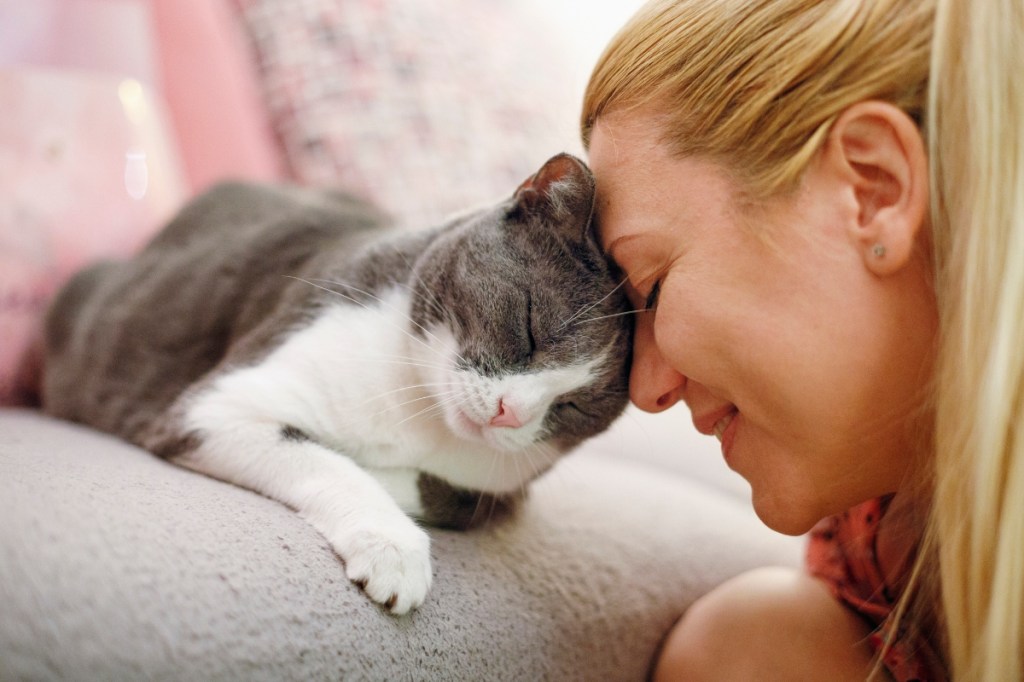Table of Contents
Pet parents, understandably, hate to see their furry companions not acting like themselves. They may wonder what is causing their feline friends to feel under the weather. While a cat’s illness can usually be attributed to one organ system, some cats actually experience illness in multiple organ systems all at the same time. This happens in cats diagnosed with triaditis.
What is Triaditis in Cats?
Triaditis in cats is characterized by three inflammatory conditions affecting the liver, intestines, and pancreas. These conditions are cholangitis, inflammatory bowel disease, and pancreatitis, respectively. It is unknown how many cats are affected by triaditis due to the difficulty of getting a definitive diagnosis [1]. Let’s discuss a little about each of the conditions that contribute.
Inflammatory bowel disease (IBD) is a condition that affects the intestines. The exact cause in cats is unknown but there may be a genetic or environmental component. This disease causes thickening of the intestinal lining due to an influx of inflammatory cells. Cats affected by IBD tend to experience chronic gastrointestinal upset, such as vomiting and diarrhea. They typically lose weight due to nutritional insufficiencies and have poor appetites.
Pancreatitis is inflammation of the pancreas. The pancreas is responsible for secreting insulin and digestive enzymes in response to a meal. It is unknown what causes this condition in cats, and it can be difficult to diagnose. When the pancreas becomes inflamed, cats can experience abdominal pain, though they are very good at hiding it. Cats may also experience decreased appetites, vomiting, and weight loss.
Cholangitis is an inflammatory condition affecting the bile ducts within the liver. The bile ducts are responsible for bringing bile from the liver to the gall bladder and intestines to aid digestion. When they become inflamed, it can make cats very sick. This condition can increase bilirubin in the blood and lead to yellow discoloration of the skin and eyes.
Each of these three organs can be affected by differing degrees of inflammation. For example, one cat may have greater inflammation within his pancreas, while another cat experiences more inflammation in his liver. The degree of inflammation and its location will affect the clinical signs pet parents see. Because cats tend to hide their illnesses well, they may not be seen by their veterinarian until the disease has progressed.
What Causes Triaditis in Cats?
There is no known cause of triaditis in cats, but there is thought to be an autoimmune or infectious component. Due to the close proximity of the affected organs and their anatomical features, bacteria may spread from one organ to another and may even enter the bloodstream. This process can lead to extensive inflammation within the body [1].
What are the Signs and Symptoms of Triaditis?
Signs of triaditis can vary among cats, depending on the severity of the inflammation and the main organ affected. Some signs that may be seen in cats with triaditis include the following:
- Decreased appetite
- Weight loss
- Lethargy
- Vomiting
- Diarrhea
- Abdominal pain
- Jaundice (yellowing of the skin and eyes)
How is Triaditis Diagnosed?
Triaditis in cats is often diagnosed through a combination of tests. First, a veterinarian will perform a physical exam to identify any abnormalities. Then bloodwork, imaging, and stool tests may be done. Collecting tissue samples during surgery and sending them to a pathologist for review is the only way to definitively diagnose triaditis; however, this may not be possible in critically ill patients, and it can be relatively expensive [1].
How is Triaditis Treated?
Cats with only mild inflammation may be treated on an outpatient basis. However, many affected cats are hospitalized until they feel better so that they can receive continuous supportive care and monitoring. Treatment focuses on relieving the symptoms the cat is experiencing and consists of providing intravenous fluids, anti-nausea or antiemetic medications, and pain medications. Anti-inflammatory medications, such as corticosteroids, may also be used. If there is a bacterial infection present, antibiotic therapy will be started. Other potential treatments that may be given depending on the cat’s needs include liver support supplements, probiotics, and immunosuppressive medications. Many cats are sent home with a combination of medications to help them recover.
Some cats need an appetite stimulant to help them begin eating, and a bland diet should be offered since it is gentle on their intestines. If cats do not begin eating on their own, a feeding tube may be placed to administer nutrition in liquid form. When cats do not eat for extended periods, they can develop a condition called hepatic lipidosis, which means their liver becomes flooded with fatty deposits. It is critical that cats receive proper nutrition while recovering from triaditis to prevent this.
What is the Prognosis?
Prognosis depends on how severe the cat’s condition is at the time of diagnosis. If the cat has only mild symptoms, the prognosis is generally good. However, if a cat has severe disease with complications, the prognosis is generally poor. Some cats go on to develop chronic disease and intermittent episodes of triaditis throughout their lives that must be managed [1].
How is Triaditis Prevented?
Because the true cause of triaditis is unknown, it is difficult to determine how it can be prevented. However, feeding a high-quality diet, ensuring the cat maintains a good weight, and reducing stress in the cat’s environment are all steps pet parents can take to reduce the risk of inflammation within the body. Regular veterinary care can also identify potential health concerns early so diagnosis and treatment can begin before conditions progress in severity. If a pet parent notices any abnormal behaviors or simply feels that their furry friend is just not himself, a visit to the veterinarian is warranted.
Reference
- Černá, P., Kilpatrick, S., & Gunn-Moore, D. A. (2020). Feline comorbidities: What do we really know about feline triaditis? Journal of feline medicine and surgery, 22(11), 1047–1067. https://doi.org/10.1177/1098612X20965831








